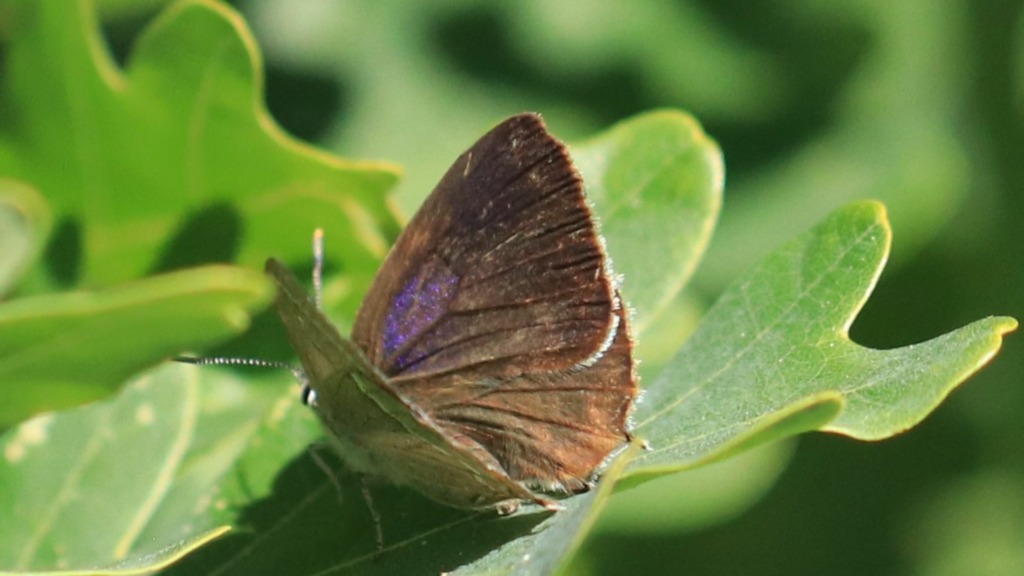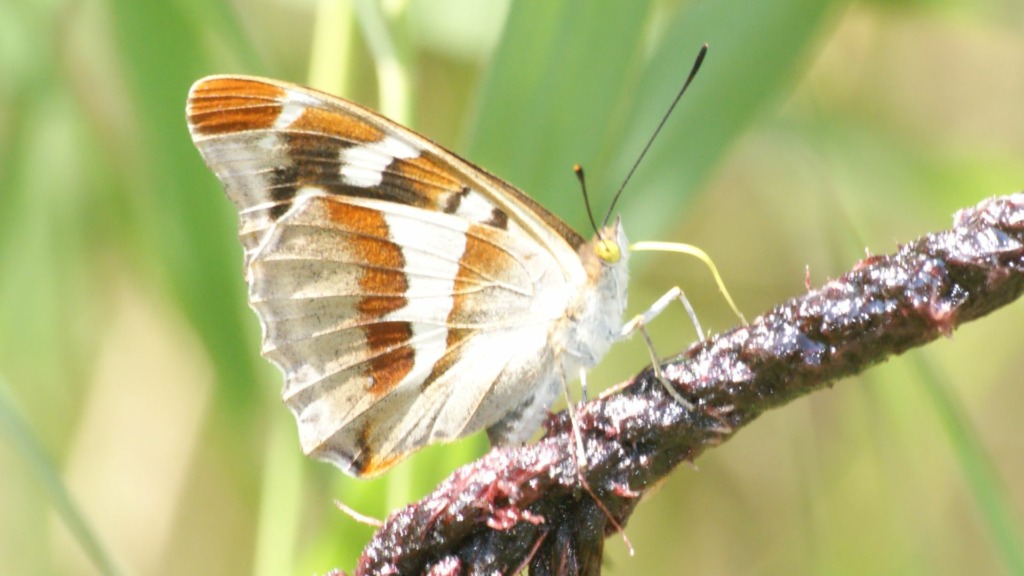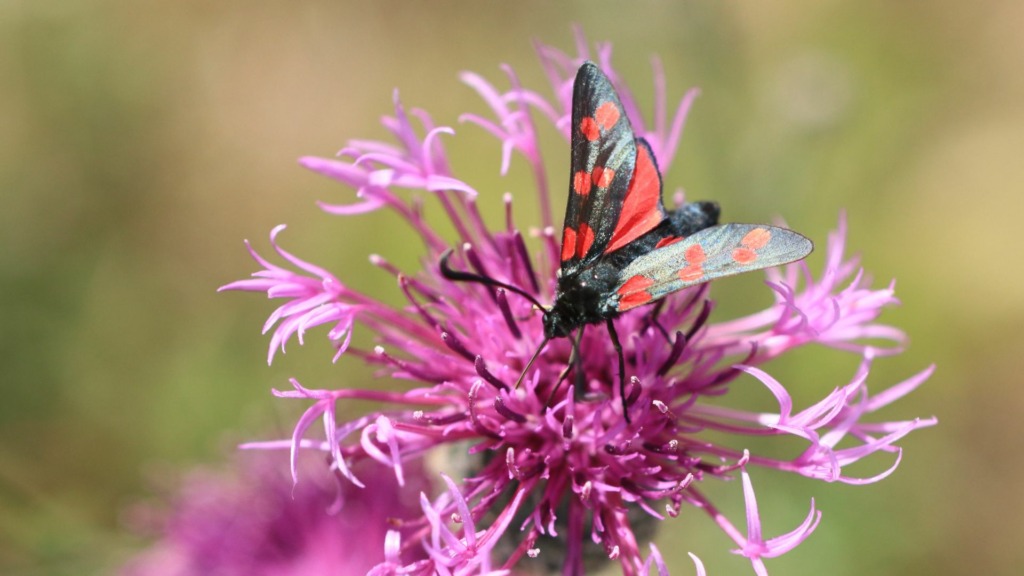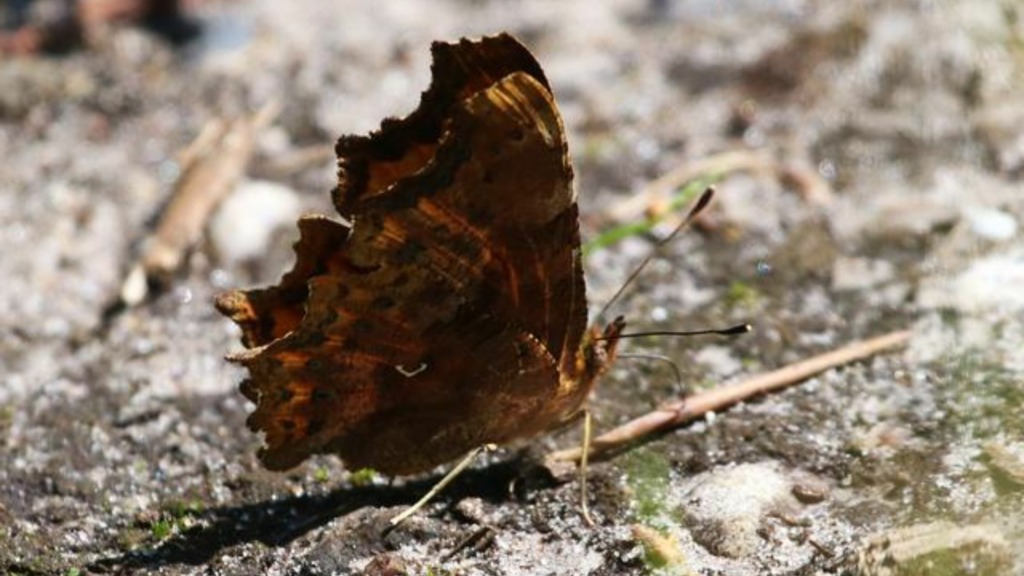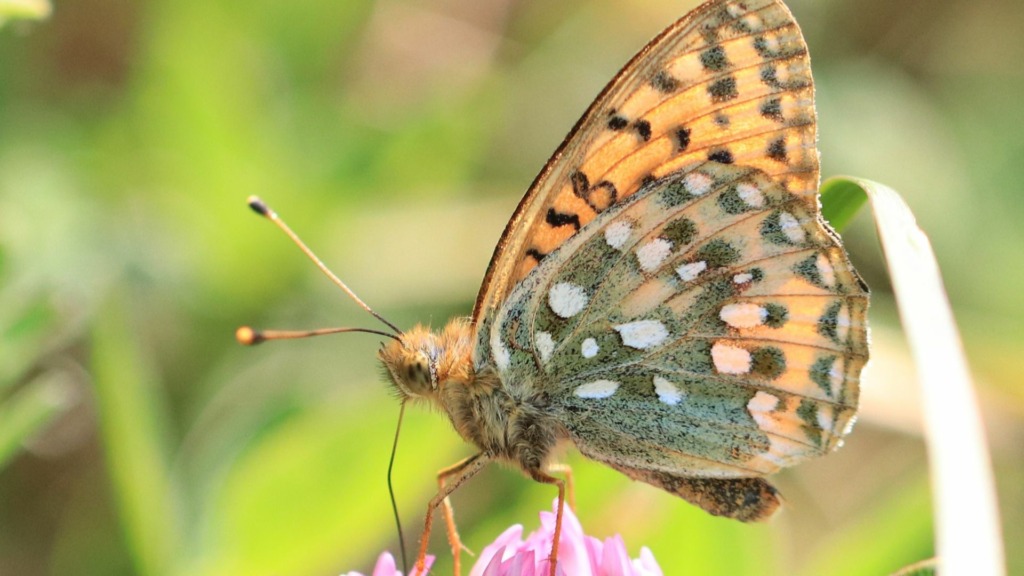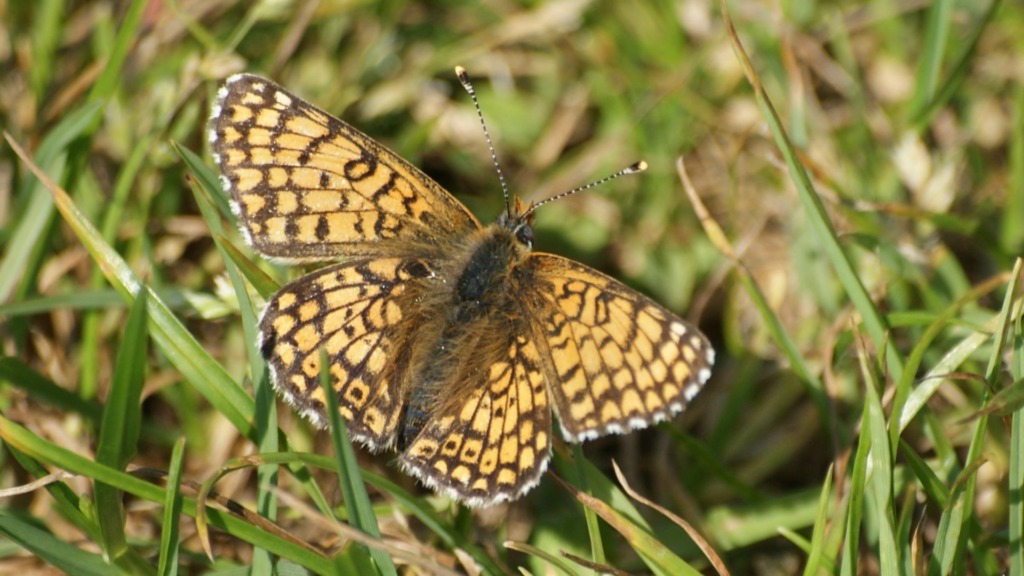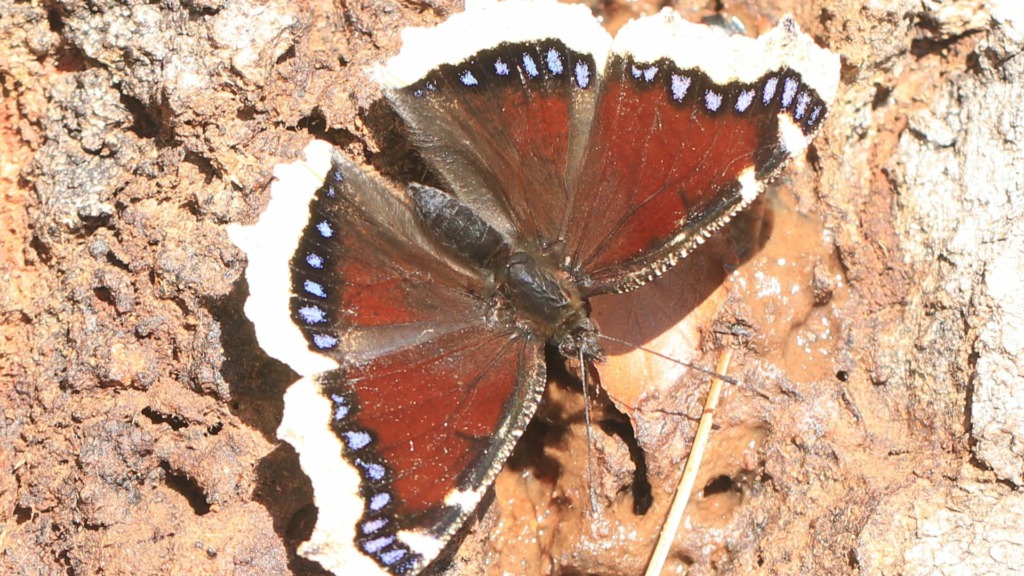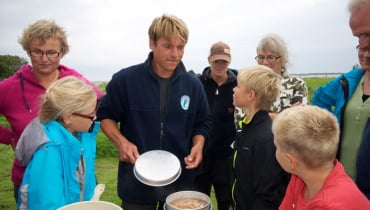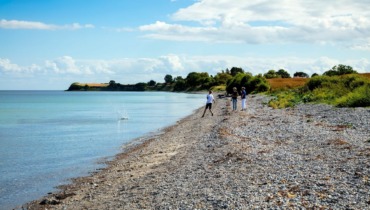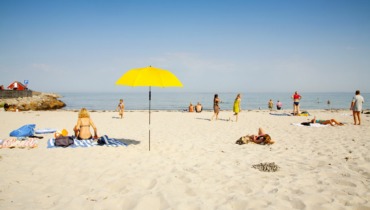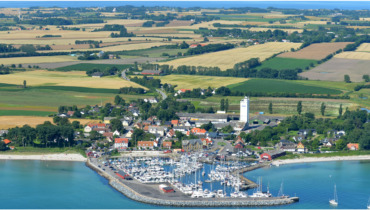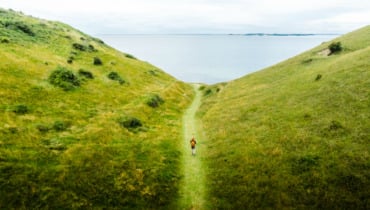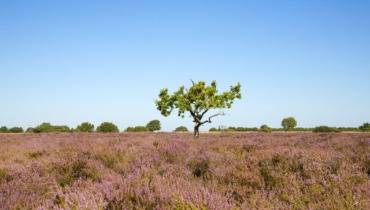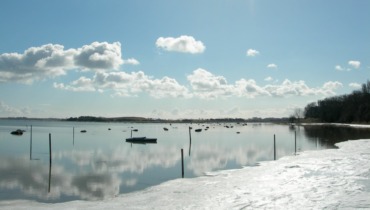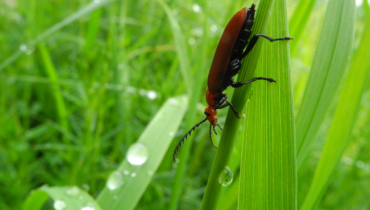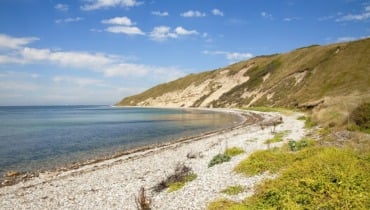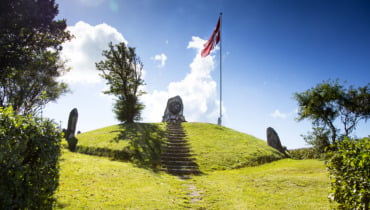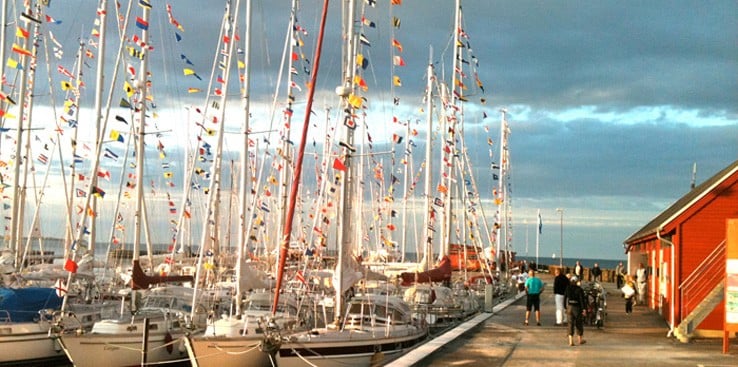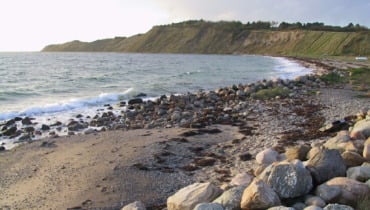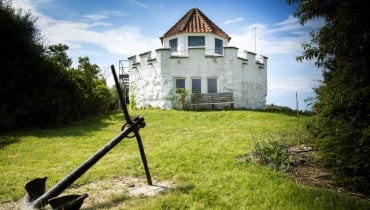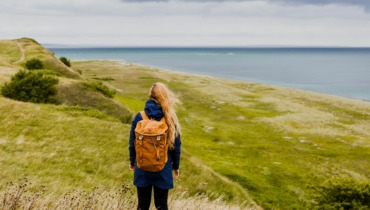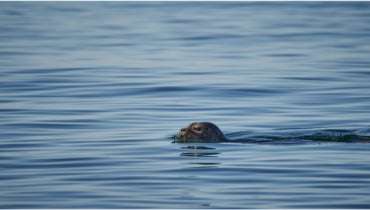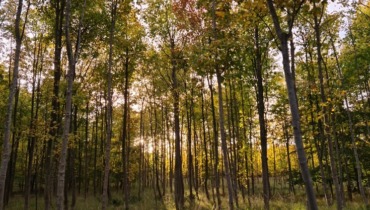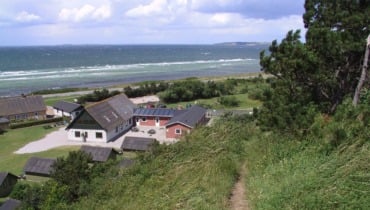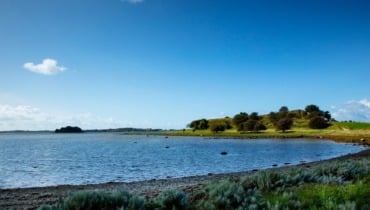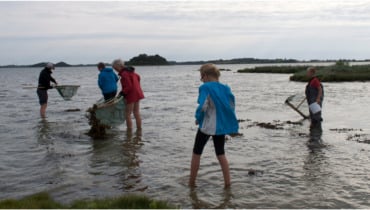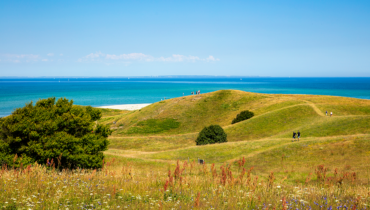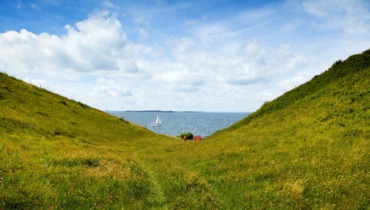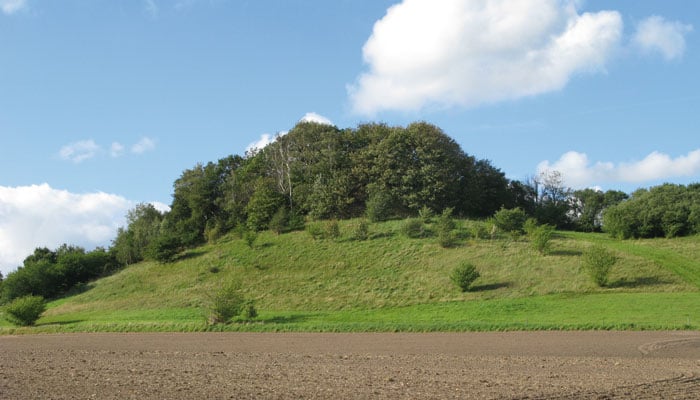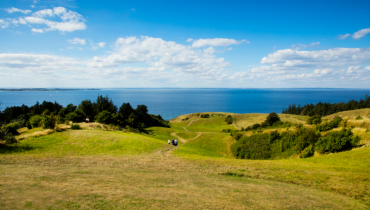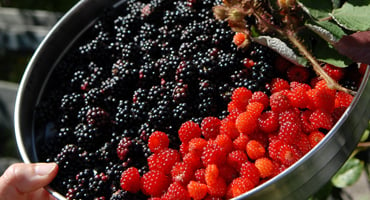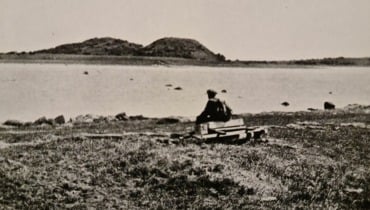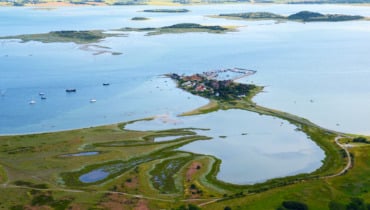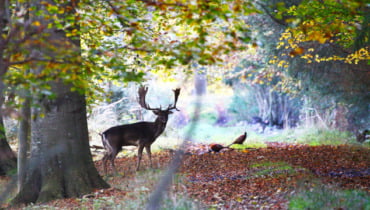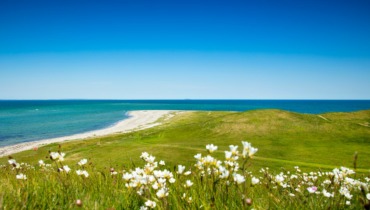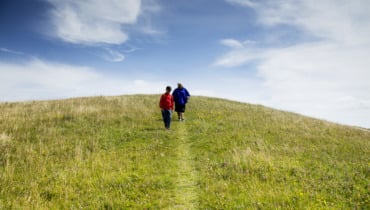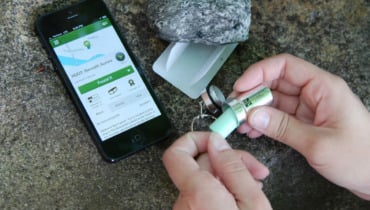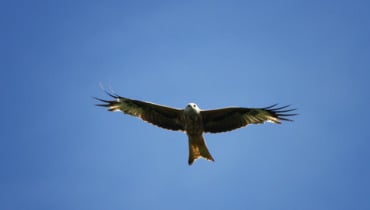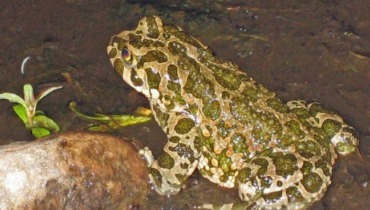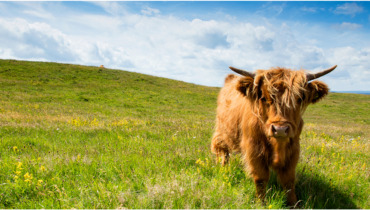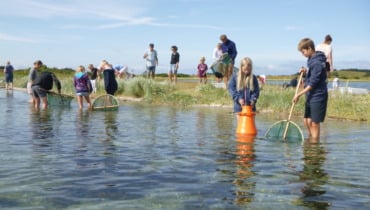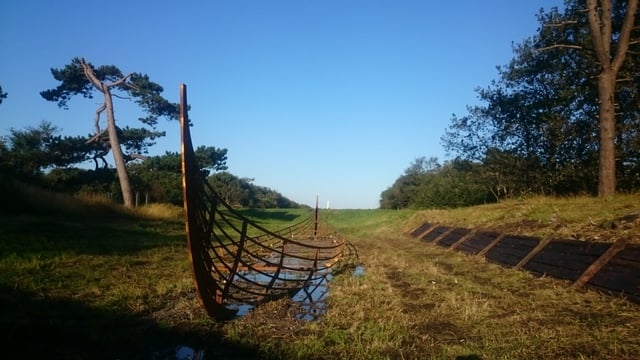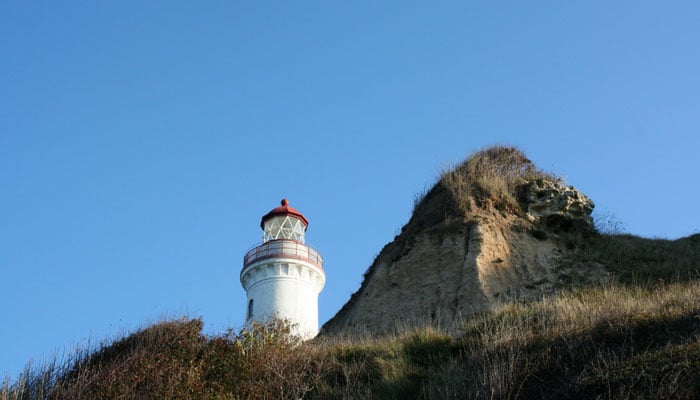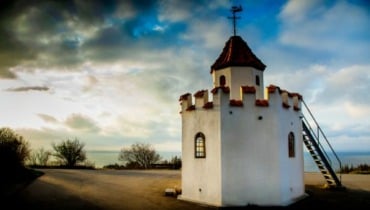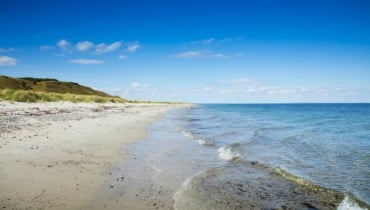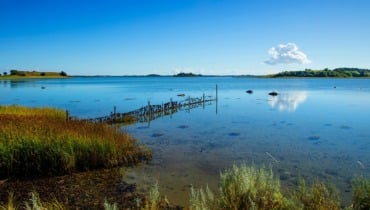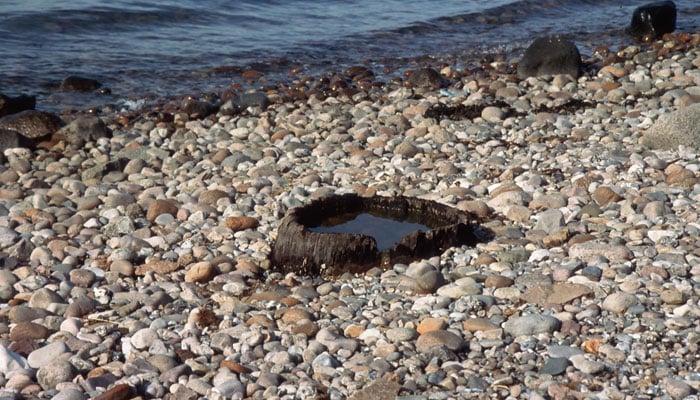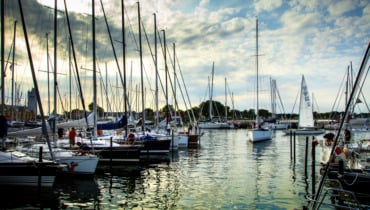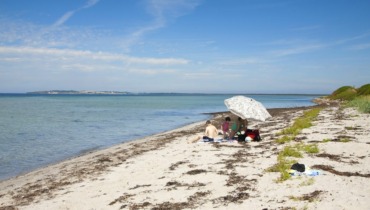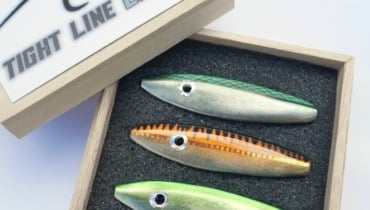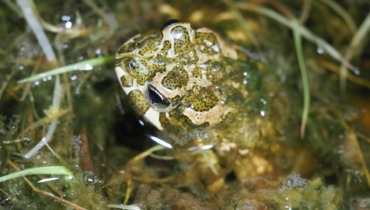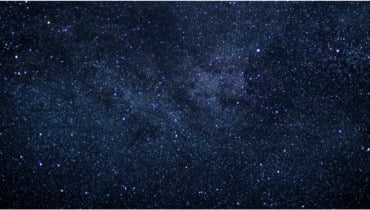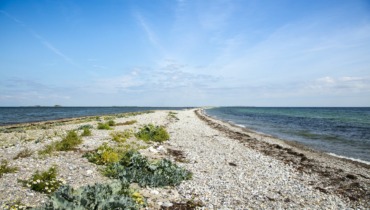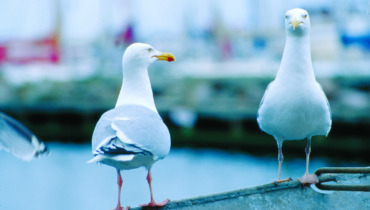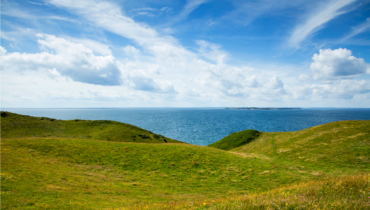Butterfly
Samsø’s nature is characterised by many small biotopes that are not far apart: heaths, meadows, pastures, forests and small lakes, and if you are interested in plants, insects and birds, there is plenty to look for. By Roland Jacobsen, biologist.
In addition to the common butterfly species, the island is also home to more unusual species that are rare in the rest of Denmark. This applies, for example, to (1) the lesser marbled fritillary (Zygaena minus), which flies in the driest parts of the salt marshes on the east side of the island in June/July, e.g. on the east side of Kragemosen on North Samsø and in Strandbakkerne east of the festival site on South Samsø. Here you can also see the Five-spot and Six-spot burnet moths and the Adscita statices.
From mid-July, (2) the comma butterfly (Hesperia comma) can be seen on the ditch edges along Kanhavevej and Langørvej on Nordøen. In the rest of Denmark, it is in rapid decline, but it still has a strong population on North Samsø. The other skippers can be seen across most of the island. These include the Small Skipper, the Large Skipper and the Large White Skipper.
In June/July, you may be lucky enough to see (3) the black-veined white (Aporia crataegi) in Nordby Bakker, the only place in Denmark outside Jutland where it can be found. However, it may be disappearing from Samsø. It looks a bit like a large cabbage butterfly but has black wing ribs and flies confidently and gracefully, not as flutteringly as the cabbage butterfly.
The red-spotted blue butterfly (Aricia agestis) flies in many places on coastal pastures and meadows. It can be seen throughout most of the summer in two generations from May to September. You may still be lucky enough to see (4) the scarce large blue butterfly (Cyaniris semiargus) in one place in Nordby Bakker in June/July. It lives on red clover and is in sharp decline throughout Denmark, including on Samsø.
The very beautiful ice blue butterfly (Polyommatus amandus) has probably disappeared from the island, last seen in Nordby Bakker. The Common Blue (Polyommatus icarus), on the other hand, is common throughout the island from May to September. In August/September, you may be lucky enough to see (5) the Silver-studded Blue (Thecla betulae) with its beautiful golden underside. It was discovered a few years ago but is now seen in several places on the island where there is blackthorn and/or morello cherry trees.
In Brattingsborg Forest, the large and beautiful Silver-washed Fritillary (Argynnis paphia) can be seen in July. We also have the Small Pearl-bordered Fritillary. It can be seen in Nordby Bakker but is not particularly numerous and may be disappearing from the island. On the other hand, the (6) Cinnabar (Melitaea cinxia) with its very beautiful underside is common in May/June across most of Samsø in the meadows along the coast. In the rest of Denmark, it is in decline.
In Brattingsborg Forest in July, you may be lucky enough to see (7) Iris (Apatura iris) sitting on the gravel roads either by a puddle or by a fresh horse dropping or similar. It has metallic colours on its scales that shimmer blue, giving it a tropical appearance. At the same time, the Blue-tailed Skipper (Favonius quercus) flies around in the tops of the oak trees. It also shimmers blue but is difficult to photograph.
The Green Bush Butterfly (Calliphrys rubi), which has green metallic colours on its underside, can be seen in some places as early as late April. It flies so fast and in such a zigzag pattern that it is difficult to follow with the eyes.
In addition to the special species mentioned, many of which are red-listed and may not be collected, there are of course also the common butterfly species, etc., as well as many other insect species, e.g. (8) The moon moth (Copris lunula), which lives on south-facing slopes in the northern part of Nordby Bakker. Until recently, this was the only occurrence in Denmark. It is dependent on dung and requires warmth. The nearest populations are found in Central Europe. In May, you may be lucky enough to find it on the underside of the “lid” of semi-dry dung if it is not down in its breeding chambers under the dung. A strange beetle that is totally protected.
Enjoy the sight, but do not collect it.
Good luck with your hunt!
Last updated: 28/11/2025 05:42

